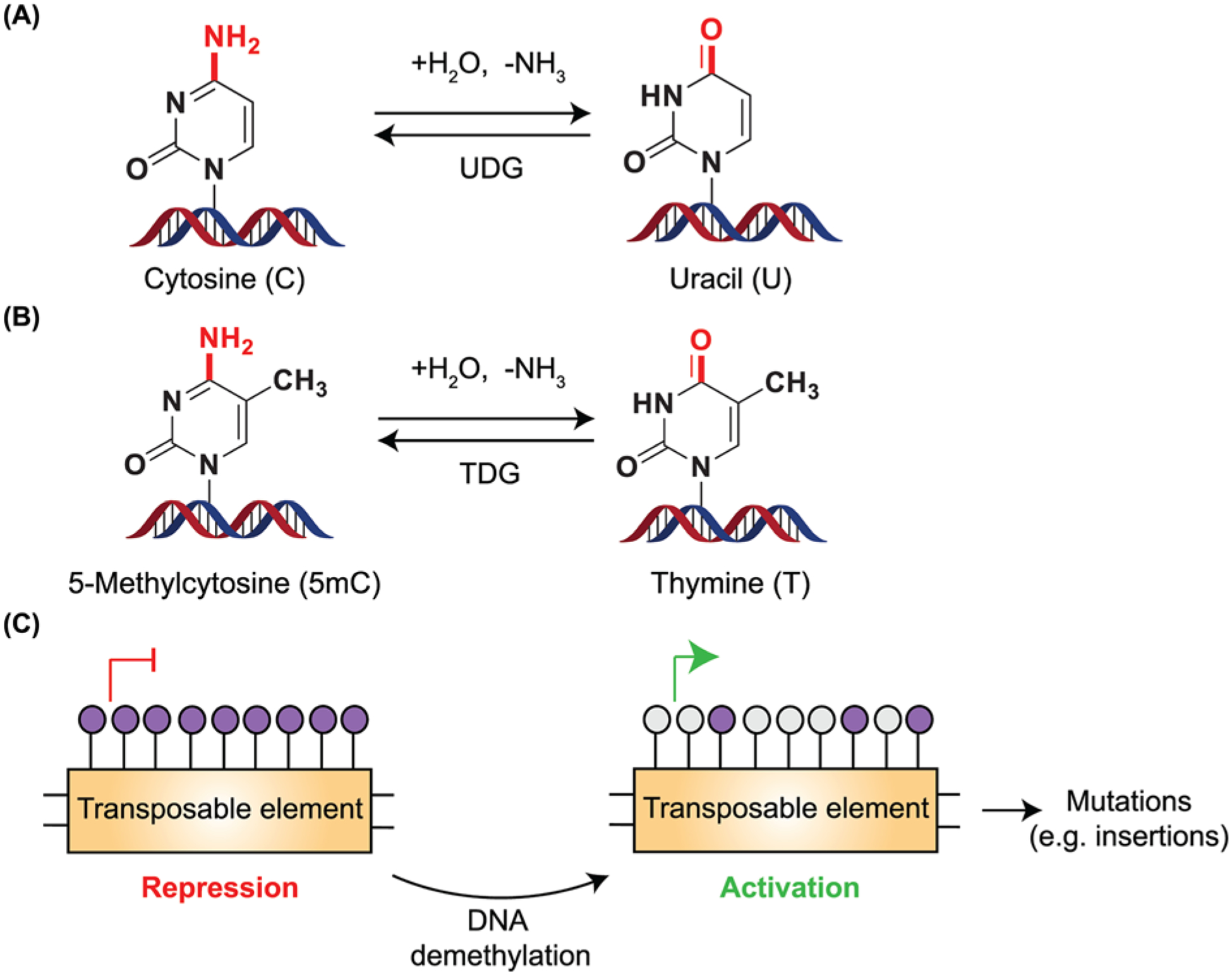Figure 4. DNA methylation and mutations.

(A,B) Cytosine and 5mC undergo deamination either spontaneously or when exposed to agents that are hydrolytic or alkylating. Hydrolytic deamination (removal of -NH2 group as ammonia) from cytosine leads to the formation of uracil. Since uracil is not present in DNA, it is readily recognized by UDG, resulting in the substitution of uracil to cytosine. However, when 5mC undergoes deamination, it leads to the formation of thymine, a base normally present within DNA. TDG recognizes and corrects these misincorporated bases but inappropriate repair causes C→T transition mutations within the genome. (C) Transposable elements present in the genome are generally silenced by hypermethylation. DNA demethylation leads to the activation of these transposable elements, with the potential to increase mutations including insertions.
